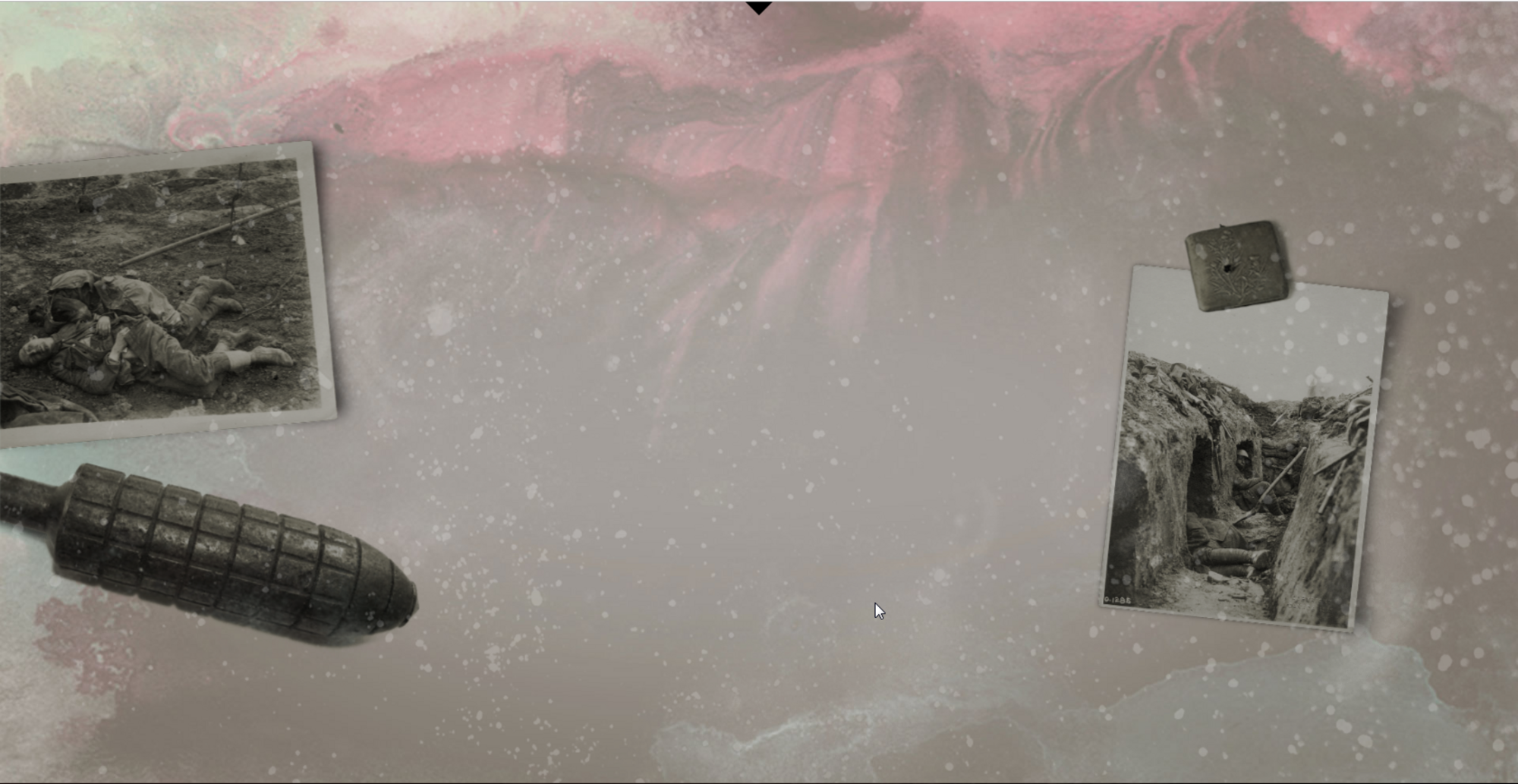
- Home
- Archaeological remains
- Archaeologists in the trenches
A number of archaeologists served as soldiers during the Great War. As members of the educated class they generally served as officers or sub-officers, with many of their number paying the ultimate sacrifice.
An emblematic figure in French archaeology in this period, Joseph Déchelette signed up voluntarily when war broke out, despite being exempt from military service on account of his age. Commissioned as a captain in the reserves, he was called up to the front near the River Aisne along with the 298th Roanne infantry regiment in late September 1914. On 4th October 1914, at the age of 52, he was killed in action during fighting for the high ground at Vingré. He left behind a monumental work in 6 volumes: the Manuel d’archéologie préhistorique, celtique et gallo-romaine (Manual of Prehistoric, Celtic and Gallo-Roman Archaeology), long considered a key reference work in the field.
The digging of the trench network led to the unexpected discovery of numerous archaeological sites. On the Allied side, a few minor discoveries received coverage in a handful of academic journals. The Germans, on the other hand, were keen to use archaeology to legitimise their expansionist ambitions and lend weight to their research into ancient Germanic culture. Numerous excavations were undertaken, chronicled in extensive publications. One excellent example is the Gaulish cemetery (early La Tène) at Bucy-le-Long, where Hans Niggemann uncovered 32 Celtic-era tombs between 8th February and 9th April 1915.


